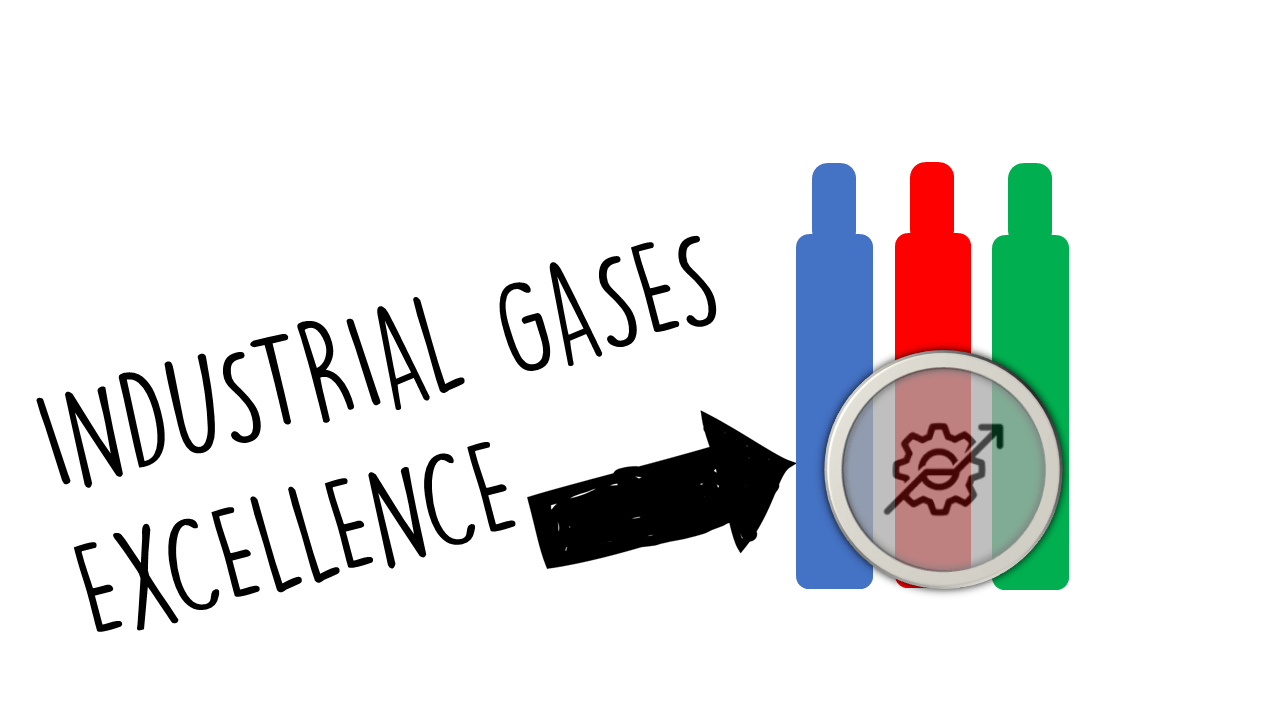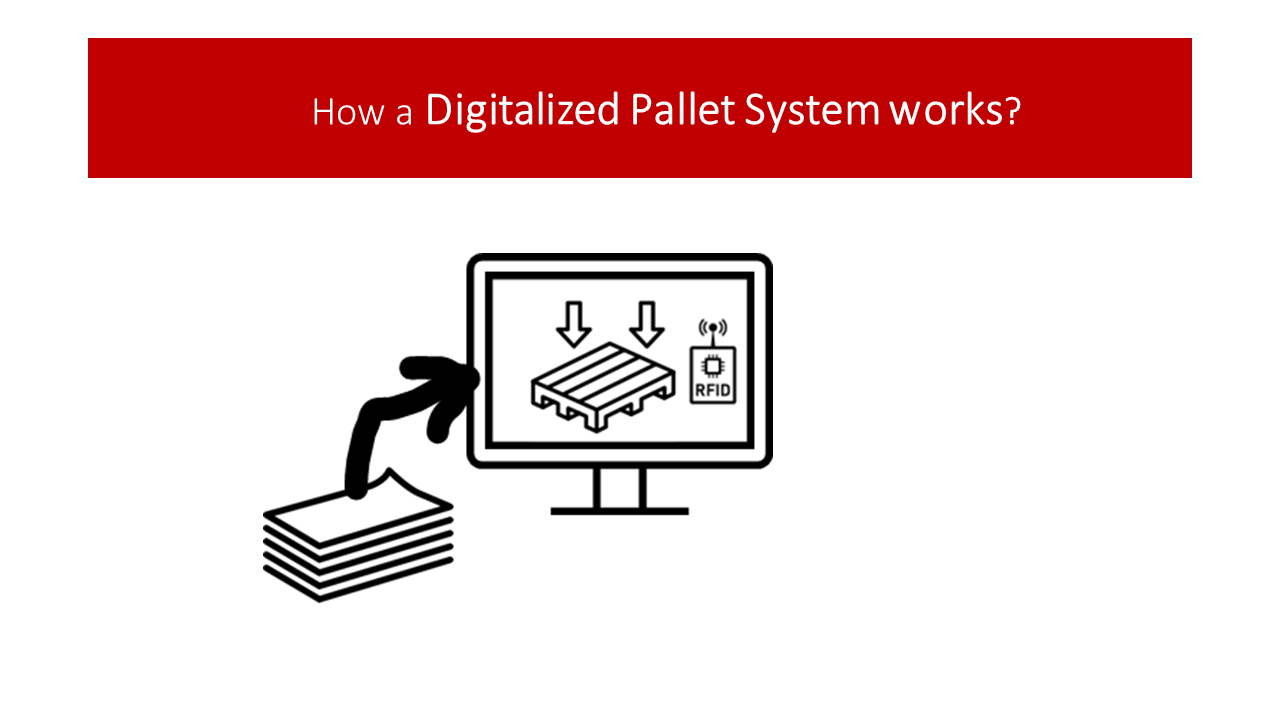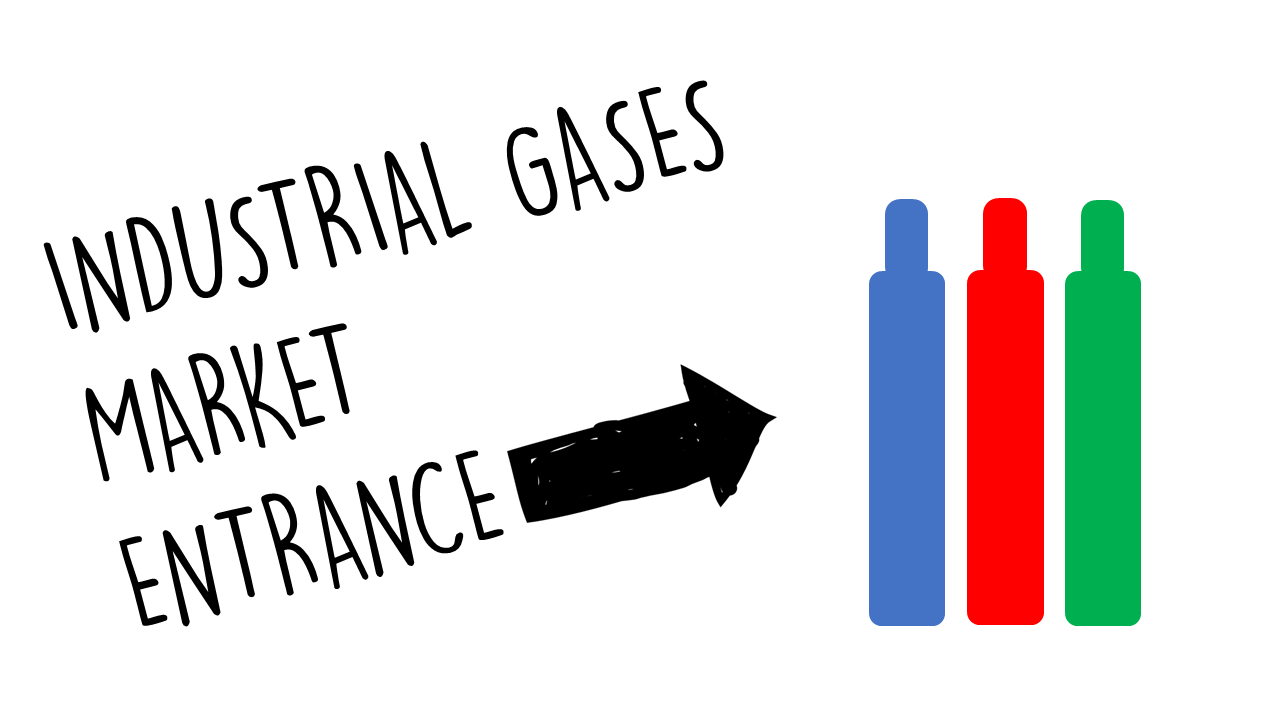Digitalization in the industrial gas sector represents a pivotal transformation that can enhance operational efficiency, improve customer service, and drive innovation.
To effectively frame and re-frame the narrative around digitalization, it is essential to communicate its benefits and relevance clearly and compellingly.
Here’s how to approach the framing and reframing of digitalization in the industrial gas business.
Framing Digitalization
Framing involves presenting digitalization in a way that emphasizes immediate benefits, value propositions, and relevant applications for stakeholders in the industrial gas sector.
Strategies for Effective Framing
Operational Efficiency:
- Highlight Automation and Optimization: Frame digitalization as a means to automate processes, reduce downtime, and optimize resource utilization, leading to increased efficiency.
- Example: “Embrace digitalization to streamline your operations—automate gas delivery processes and minimize unplanned downtime with real-time monitoring.”
Data-Driven Decisions:
- Leverage Analytics: Present digital tools as enablers of data collection and analysis, allowing businesses to make informed decisions based on real-time insights and predictive analytics.
- Example: “Utilize our digital platforms to gain actionable insights from your operations, enabling strategic decision-making driven by data.”
Enhanced Customer Experience:
- Streamlining Interactions: Frame digitalization as a way to improve the customer journey through online platforms for ordering, tracking, and support.
- Example: “Our digital solutions enhance your experience—order gas online, track deliveries in real-time, and access support at your fingertips.”
Safety and Compliance:
- Boosting Safety Protocols: Highlight how digitalization can improve safety measures and compliance through automated reporting, tracking, and real-time monitoring of gas handling processes.
- Example: “Digital tools improve safety compliance—monitor gas levels in real-time and receive automated alerts, ensuring a safe working environment.”
Sustainability Initiatives:
- Promoting Eco-Friendly Practices: Showcase how digitalization supports sustainability goals by optimizing usage and reducing waste.
- Example: “Leverage digital solutions to monitor energy usage and emissions, driving sustainability while improving operational efficiency.”
Reframing Digitalization
Reframing involves changing the perspective on digitalization initiatives to inspire broader acceptance, engagement, and enthusiasm among stakeholders.
Techniques for Effective Reframing
From Cost to Investment:
- From: “Implementing digital tools involves upfront costs.”
- To: “Investing in digital technology unlocks long-term savings and efficiencies that dramatically outweigh initial expenditures.”
From Risk to Opportunity:
- From: “Digitalization introduces new risks in data management.”
- To: “Embracing digitalization is an opportunity to enhance security protocols, transforming potential risks into new avenues for innovation.”
From Business Process Change to Strategic Transformation:
- From: “Digital tools will change the way we operate.”
- To: “Digitalization is a strategic transformation that positions us for future success, opening doors to new markets and capabilities.”
From Isolation to Integration:
- From: “Digital tools function separately from our existing processes.”
- To: “Integrating digital solutions into our operations fosters a connected ecosystem that enhances collaboration and efficiency across the board.”
From Gradual Adoption to Agile Transformation:
- From: “We will phase in digital tools over time.”
- To: “Our agile approach to digital transformation allows us to rapidly adapt and innovate, ensuring we remain competitive in a fast-paced industry.”
Action Steps for Promoting Digitalization
Showcase Success Stories:
- Share case studies and testimonials from businesses that have successfully implemented digital solutions to highlight real-world benefits and inspire confidence.
Engage Stakeholders:
- Involve employees and customers in the digitalization journey by soliciting their input and feedback, fostering a sense of ownership and collaboration.
Invest in Training:
- Provide training programs to ensure employees are equipped with the necessary skills to utilize digital tools effectively, reducing resistance to change.
Develop a Clear Roadmap:
- Create a detailed roadmap for digitalization initiatives that outlines goals, timelines, and benchmarks, making the transformation plan transparent and manageable.
Measure and Communicate Impact:
- Regularly assess and communicate the impact of digital initiatives through metrics and reports, reinforcing the value and benefits to stakeholders.
Conclusion
Framing and reframing digitalization in the industrial gas sector is vital for fostering acceptance and enthusiasm for technological advancements.
By highlighting immediate benefits such as operational efficiency, enhanced customer experiences, and safety improvements through effective framing, stakeholders can better understand the value of digital initiatives.
Additionally, reframing the narrative to focus on investment, opportunity, and strategic transformation will encourage broader engagement and support within the organization and the industry.
Ultimately, embracing digitalization can position industrial gas businesses for long-term success and innovation in a rapidly evolving landscape.





